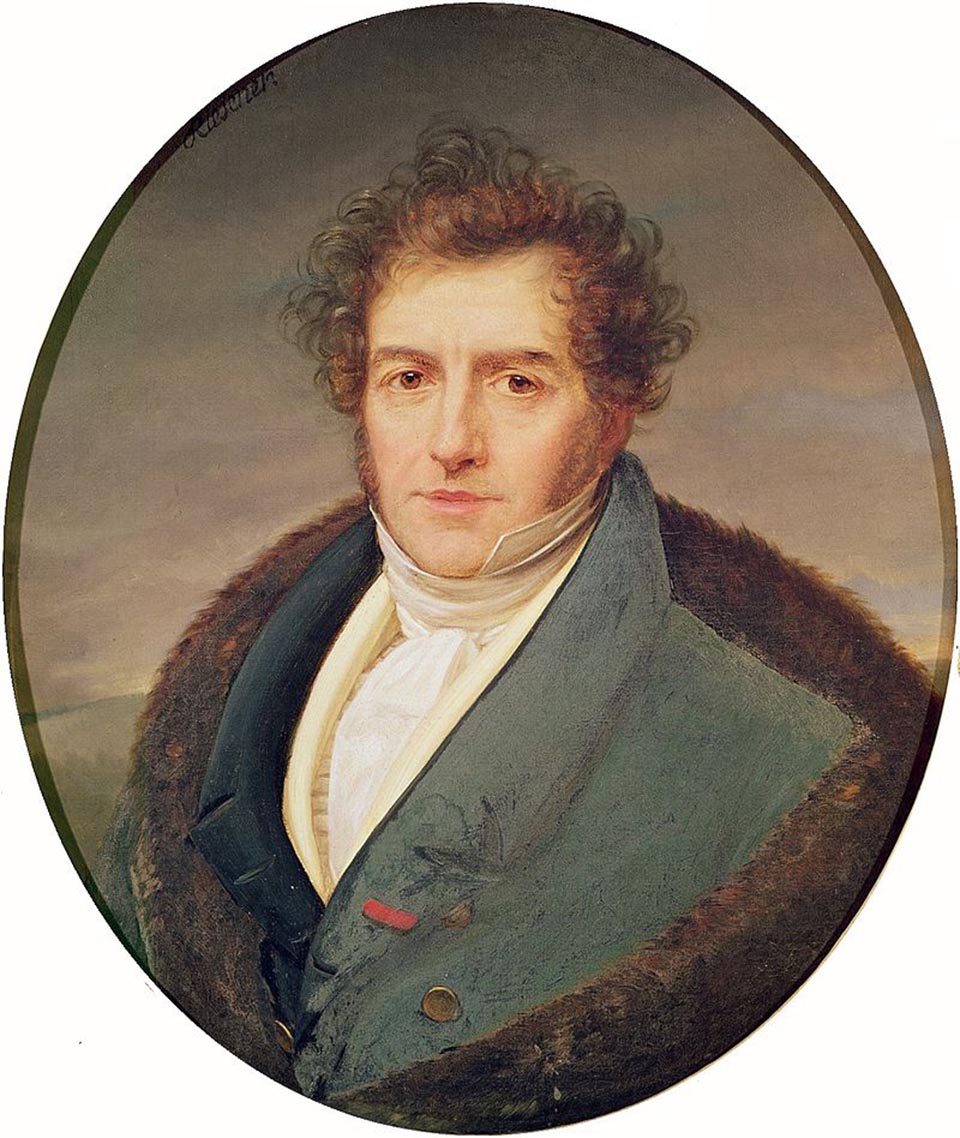
As a child, my parents would often take the dog and me for a drive in the country. It was always on a Sunday because during the week, my father was running the company; my mother didn’t much care for driving and I was far too young. And the dog couldn’t drive the car because his hind legs were far too short. Although we lived on a small island, we often encountered country lanes that had previously gone unnoticed. Invariably my father would say, “I wonder where that little road goes?” and unhesitatingly turn the car into it.
The island lanes were usually single-track with high walls or hedges on either side and if we were unlucky enough to encounter another vehicle coming in the opposite direction, someone would be obliged to reverse to the nearest passing place. Sometimes we would end up in farm-yard, other times we’d find ourselves on a cold deserted rocky beach, miles from anywhere. But it was all good fun and on the journey home we’d sing folksongs, led by my father with his stentorian baritone voice. I don’t suppose many families do that nowadays.
I’ve aways been interested in the lesser roads of music too, even since I was a teenager. I would often buy records, not because I recognized the name of the composer on the cover, but because I didn’t. It is surprising how many musical delights there are, written by composers whose names have almost fallen into oblivion.
A couple of days ago, I came across such a work: one that I’d not heard since my teenage years, when we played it in the county orchestra. Even then, the composer’s music was rarely heard.
François-Adrien Boieldieu (1775-1834): Overture, Le calife de Bagdad. Symphonette Raanana Orchestra, cond. Shmuel Elbaz (Duration: 07:57; Video: 1080p)
You can see from the name that Boieldieu (bwell-d’yuh) was French, and the dates reveal that he was a contemporary of Beethoven and Schubert. Incidentally, Jane Austin, Charles Lamb and the English painter J M W Turner were also born in 1775. French composer Hector Berlioz described the music of Boieldieu as possessing “a pleasing and tasteful Parisian elegance” something much evident in this charming overture. Boieldieu was sometimes referred to as “the French Mozart” and his music does bear a vague similarity. But it is less sophisticated and relies more on simple melodies using many of the musical effects that were becoming popular in the early 19th century.
Le calife de Bagdad (“The Caliph of Baghdad”) reflected the fashion for operas on oriental themes and this easy-on-the-ear music must have gone down well with the Parisian audiences. The first performance of the opera in 1800 was an enormous success and the composer’s first major triumph. In the audience was the distinguished composer Luigi Cherubini, who reproachfully said to Boieldieu, “Aren’t you ashamed of such a great success while doing so little to deserve it?” Rather than tell him to go and get stuffed, Boieldieu immediately asked Cherubini for composition lessons.
Domenico Cimarosa: (1749-1801): Oboe Concerto. Francois Leleux (ob), City Chamber Orchestra of Hong Kong cond. Jean Thorel. (Duration: 11:20; Video: 1080)
Cimarosa (chee-mah-RO-zah) may be little-known today but he had virtually superstar status in late 18th century Italy. He wrote many instrumental works and church music but like Boieldieu, he was primarily an opera composer. He lived for only fifty-two years yet completed over eighty operas. He accomplished this astonishing feat by re-using musical material and employing musical assistants for routine tasks such as composing the recitatives. Cimarosa was based in Naples, but spent part of his career in other parts of Italy composing for the opera houses of Rome, Venice, Florence and elsewhere. His brilliance as an opera composer inspired the 19th century French writer Stendhal to admit that Cimarosa, Mozart and Shakespeare were the only passions of his life.
Although Cimarosa wrote the music, he didn’t write the concerto. But I’d better explain. The concerto is based on music taken from four of the many one-movement harpsichord sonatas by Cimarosa. There are about eighty such works, and it’s possible that the composer intended users to combine the one-movement pieces as appropriate to create the conventional three-movement sonata: a kind of 18th century pick’n’mix. The sonatas lay undiscovered for generations and were found only in 1927 by the Italian composer Felice Boghen who subsequently published them.
In 1949, the Australian composer Arthur Benjamin took four of the sonatas then combined and adapted them to create this four-movement oboe concerto. The work should really be known as Concerto on Themes by Cimarosa by Arthur Benjamin and this was its original published title. The music is full of grace and charm, humour and musical surprises, with delightful melodies and rhythmic drive. It’s hardly surprising that Cimarosa’s work was so highly acclaimed.






